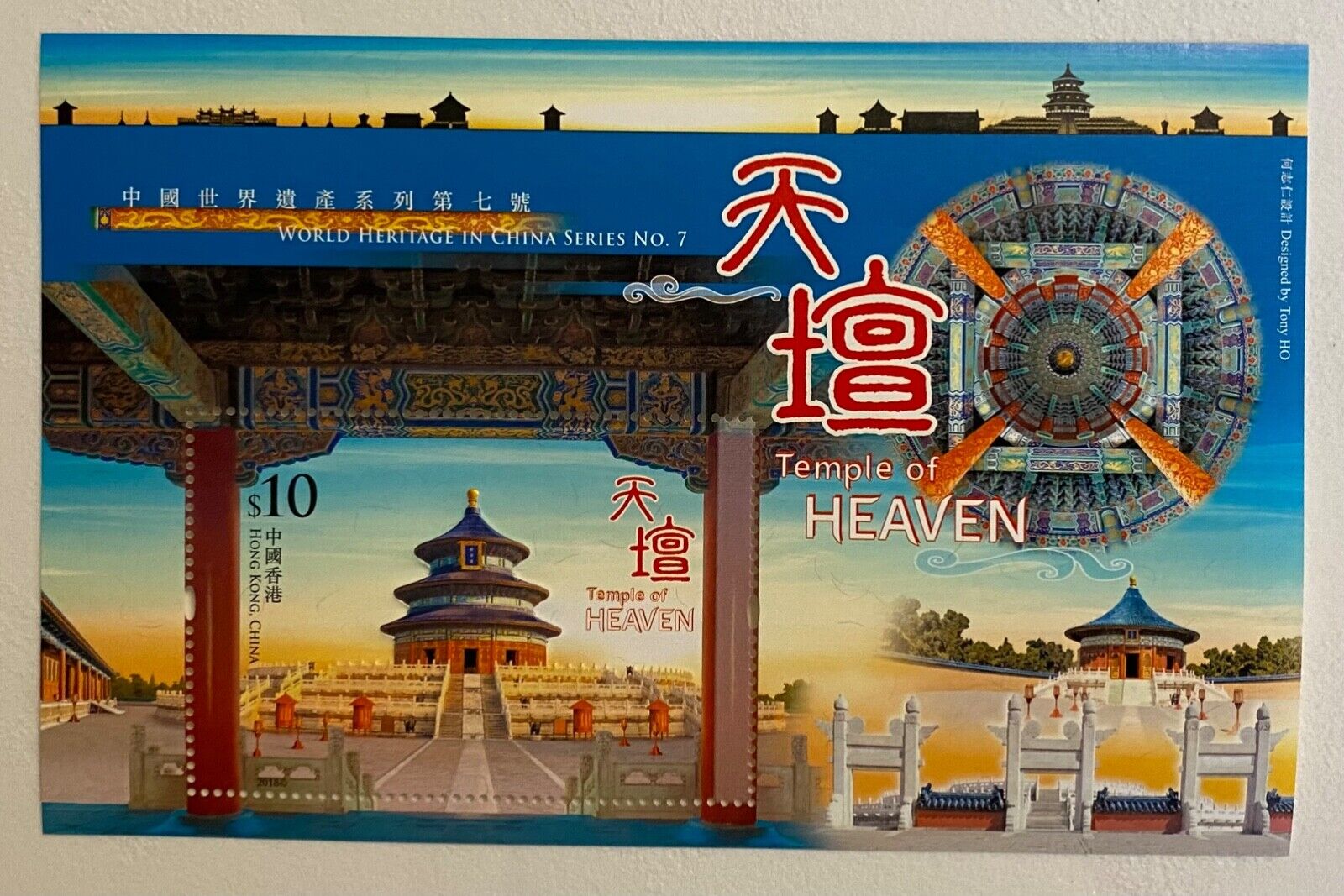-40%
China Hong Kong 2015 Hologram + Astronomical Phenomena Space Stamp S/S
$ 3.56
- Description
- Size Guide
Description
All in good condition .1. "Astronomical Phenomena" Special Stamps [Issue Date: 2015-03-17]
The universe has inspired awe and wonder in mankind for eons. In the old days, stars could only be observed by the naked eye. Nowadays, technology has helped us to explore the boundless universe and unveil the secrets of outer space. Hongkong Post releases a set of special stamps on the theme of “As
... [
More
]
tronomical Phenomena”, featuring seven astronomical phenomena to introduce us to the fascinating world of astronomy.
.70 Solar Eclipse
When the Moon moves between the Sun and Earth and blocks the Sun, a solar eclipse occurs. There are three types of solar eclipses: total solar eclipse, partial solar eclipse and annular solar eclipse. When a total solar eclipse occurs, in which the Sun is completely blocked by the Moon, the surrounding environment on the ground suddenly turns dark. This dramatic change is spectacular.
.20 Meteor Shower
When the Earth passes through the orbit of a comet, its meteoroids will enter the Earth’s atmosphere. Heated by the atmosphere, the meteoroids will become visible as meteors. A meteor shower is an event in which an unusually large number of meteors can be seen streaming from a certain point in the sky known as the "radiant". Meteors from most meteor showers are fragments left over by comets in space.
.90 Comet
A comet is a celestial body that travels between the outer and the inner parts of the solar system. When it approaches the Sun, the temperature increases and, affected additionally by solar radiation and charged particles, the dust and rocks of the comet will be carried away or ionised, and separated from the comet’s surface. A comet normally shows two tails, one composed of dust and the other of ionised gas.
.10 Saturn’s Ring Tilt Variation
The tilting angle of Saturn’s ring does not change with respect to Saturn itself. However, if observed from the Earth, we will see that the tilting angle of Saturn’s ring appears to change. It is because the orbital period of the Earth is one year, while that of Saturn is about 30 years. When the Earth revolves once around the Sun, the relative position of Saturn also changes a little bit.
.70 Sunspot
Sunspots are small black spots on the surface of the Sun which are related to the magnetic activity of the Sun. A large group of sunspots may appear during a peak in solar activity. Sunspots are in fact not dark. They only appear dark as their brightness is lower than the normal surface of the Sun. Sunspots mostly concentrate around the solar equator and can last for hours or months.
Moon-Planet Conjunction
The orbit of the Moon and the orbit of the Earth and other planets lie nearly in the same plane. So when we observe from the Earth, the Moon is sometimes seen to be very close to other planets. We call it a conjunction when the Moon and a planet are at an apparent closest approach. A Moon-planet conjunction may form an interesting pattern such as the “smiley face” in the stamp.
Stamp Sheetlet – Lunar Eclipse
When the Moon orbits the Earth, sometimes it enters the shadow of the Earth, and the surface of the Moon will hence become darker. When we observe from the Earth, we will see that a certain part or even the whole of the Moon disappears. The phenomenon is called a lunar eclipse. A partial lunar eclipse occurs if only part of the Moon enters the Earth’s umbra. A total lunar eclipse occurs when the Moon enters the Earth’s umbra completely.
In the stamp sheetlet released by Hongkong Post, a 3D printing effect is applied to a stamp for the first time, aiming to give the Moon a life-like appearance









